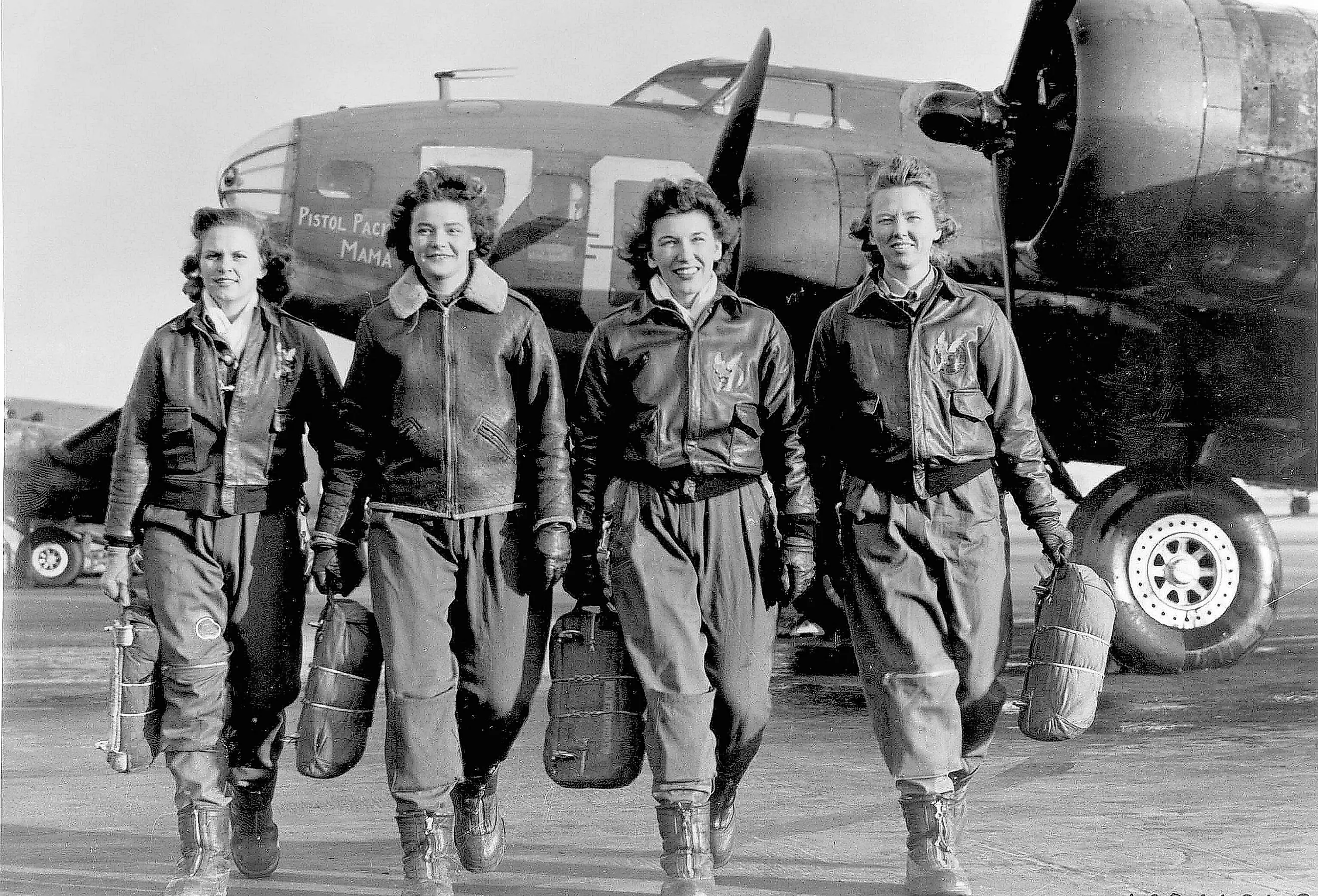
The Role of American Women in World War II
The United States was hesitant to enter the war when it started in 1939. However, after the Japanese attack on Pearl Harbor, the Americans quickly entered the war. The United States put all its resources towards the war effort. American women worked in a variety of roles, such as in defense plants and in agriculture.
By contrast, the Axis powers were more reluctant to include women in the war efforts. Hitler ridiculed the Americans for including their women in the war efforts. According to the Germans, the role of women at the time was to be good wives and mothers. However, including women in the war effort worked to the advantage of the Allies and helped with their success in the war.
Rosie the Riveter
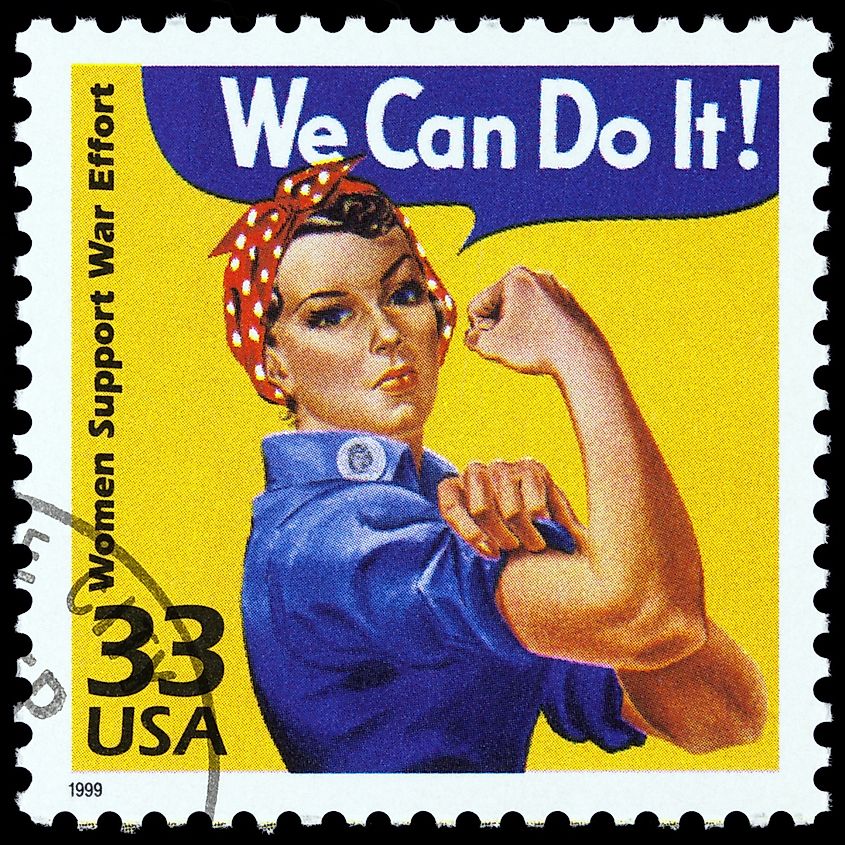
To persuade women to replace men in the workforce, during the war, the American government initiated a publicity campaign. They put out posters depicting glamorous girls in the workforce. One of the most famous posters is of Rosie the Riveter. Rosie the Riveter was a confident woman wearing coveralls and a red bandana. On posters, she is famously in a pose where she is flexing her muscles under the headline, "We Can Do It!"
Rosie the Riveter was partially based on a real-life munitions worker. Although the character was largely fictitious and meant to inspire patriotism. She became one of the most successful recruitment tools in American history, inspiring women to join the workforce to help with the war. She also represented a new way of portraying women. Many historians cite her as a key figure in sparking ideas of women's liberation.
Women At Work
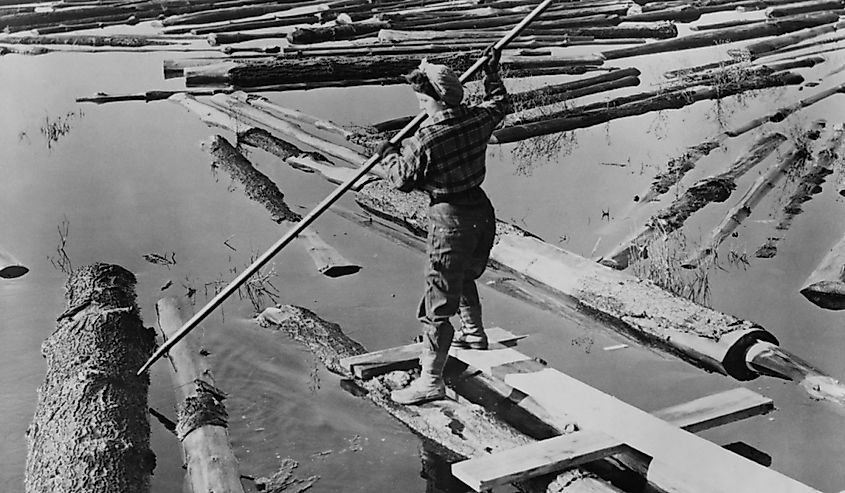
To help with the war efforts, women started working at the Homefront. They worked in defense plants and volunteered for war-related organizations. They also worked in a variety of roles, previously occupied by men, including working as taxi drivers, construction workers, steelworkers, lumber workers, munitions workers, agriculture workers, government workers, and office workers. For most of these jobs, this was the first time a woman was working in the role.
While women were working, they were still managing their households. They had to cook, clean, manage the finances, take care of children, fix their cars, work, and write letters to soldiers abroad that sounded upbeat. Some women volunteered to help with the war efforts. Around 350,000 women volunteered at home and abroad. Women volunteered for the Women’s Army Auxiliary Corps, the Navy Women’s Reserve (WAVES), the Marine Corps Women’s Reserve, the Coast Guard Women’s Reserve (SPARS), the Women Airforce Service Pilots (WASPS), the Army Nurses Corps, and the Navy Nurse Corps.
Women In Uniform
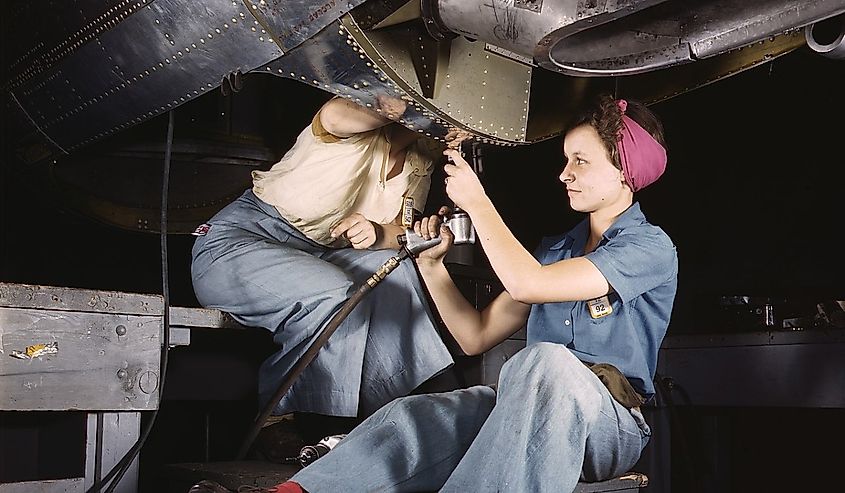
Besides working jobs on the Homefront, some women also served in uniform. Women serving in uniform had office and clerical jobs, drove trucks, repaired airplanes, worked as laboratory technicians, rigged parachutes, served as radio operators, and analyzed photographs. They also flew military aircraft, which included test-flying repaired planes, and braving the skies as flying targets to help train anti-aircraft artillery gunners. This allowed the men previously working those jobs to fight in the war.
There were some women who worked on the front lines as nurses for the Army Nurse Corps. This could be a dangerous job. According to historical accounts, 16 nurses died because of direct enemy fire. Nurses were in Normandy on D-day, one of the largest amphibious military assaults in history. At the end of the war, more than 1,600 nurses gained public recognition for their acts of bravery under fire. Other women in service also faced danger. There were 77 American servicewomen who were prisoners of war, captured in the Philippines.
Realities of Women Starting Work
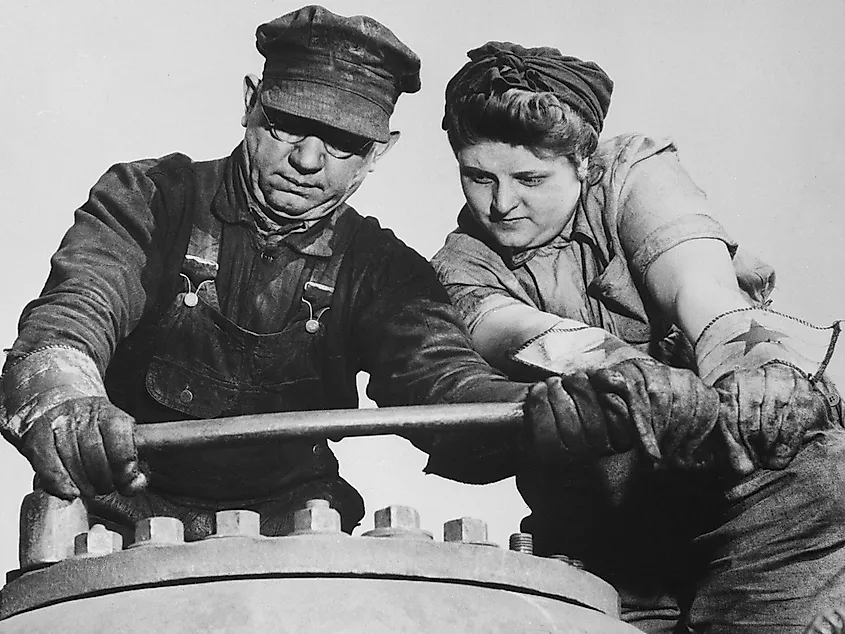
Starting work wasn't the glamor government posters promised women it would be. Women working on the home front face unique challenges. They often struggled to find childcare and found it difficult to balance work and caring for a household. Many women were balancing their own budgets and learning about finances for the first time, working under a very tight budget because of the war.
When women first entered the workforce, they weren't welcomed with open arms into the workplace. They received less pay than men because men didn't think the women could "handle a man's job". They were also met with resistance from other male coworkers, sometimes facing sexual harassment. However, as time passed, men’s attitudes towards them slowly changed and women became a more accepted part of the workforce.
After The War
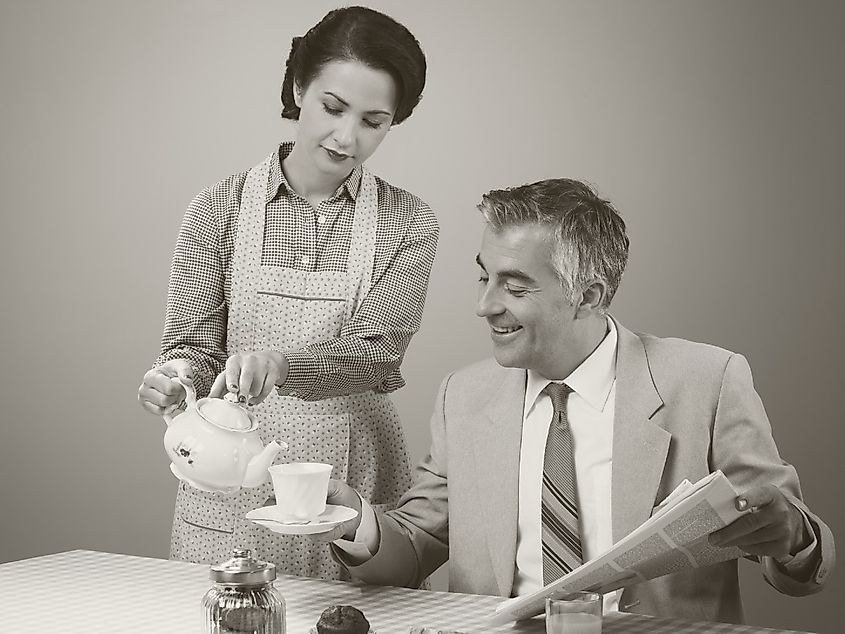
At the end of the war, many women wanted to keep their jobs. However, with the lack of demand for war materials and men returning home, most women were out of work. Women that stayed in their jobs were usually demoted. Most women veterans were unable to gain recognition and benefits for their role in the war. The government created programs, such as the GI Bill to help veterans of World War II. The women who served abroad were unable to gain access to these benefits.
While during the war social norms around gender and work changed, after the war, the country returned to its previous traditions. Women took care of the home and men dominated the workforce. It took years of advocacy for women to re-enter the same workforce as men.
Conclusion
Women played an integral role in America in World War II. They worked in jobs previously held by men at the Homefront while maintaining households. Women also served and volunteered abroad in a variety of roles. Today Americans recognize the contributions of American women during World War II. The role of women in World War II is well documented by museums, such as the National WWII Museum.
The role of women in World War II also laid the grounds for the women's liberation movement. Once women started working, they enjoyed the financial and personal freedom work gave them. This empowered women to fight for the right to work in nontraditional jobs over the next two decades.











